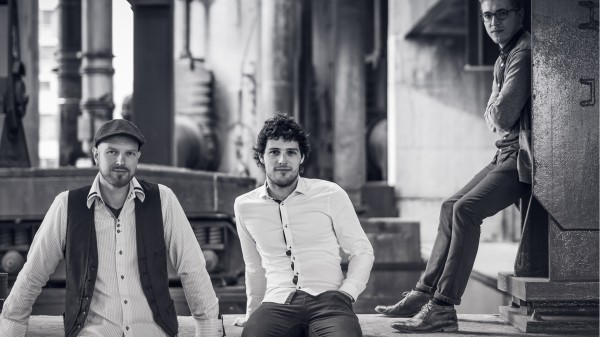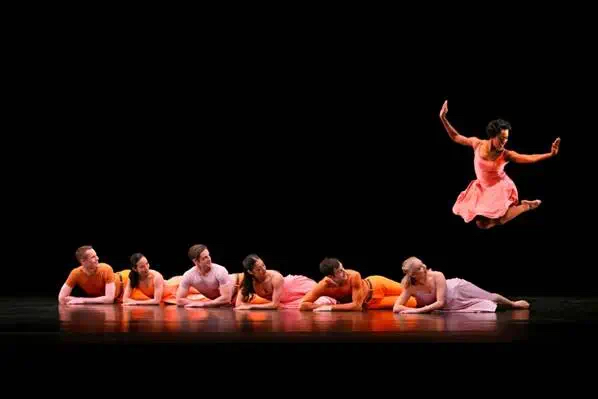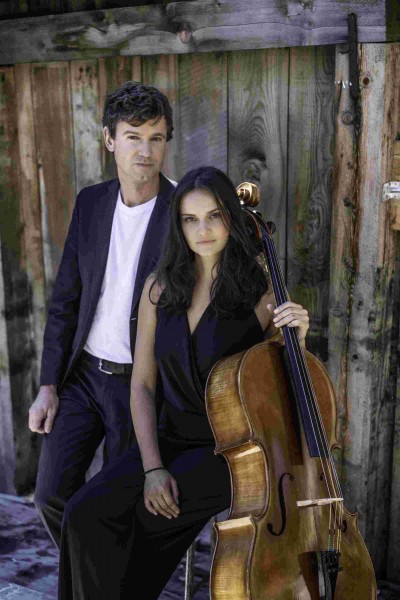China Bamboo Flute Orchestra's European Tour: Entering the Colorful Balkan
In July 2018, on the tenth anniversary of the establishment of Eurovista, we successfully held Chinese flute professor Zhang Weiliang and the China Bamboo Flute Orchestra’s tour in Central and Eastern Europe, holding seven unique concerts in the five countries of the Balkan Peninsula. From classical to modern Chinese music, the tour is warmly welcomed and praised by local audiences. Here are the following report on the tour by Tiandi Culture Foundation on the Wechat official.
China Bamboo Flute Orchestra's European Tour: Entering the Colorful Balkan
From August 6 to 21, 2018, the "Chinese Bamboo Flute Orchestra" led by Professor Zhang Weiliang went to seven cities in five countries in Central and Eastern Europe, respectively in Sarajevo, Zadar, Novalja, Pug, Subotica, Ohrid and Duras held a wonderful concert. This tour uses traditional Chinese instrumental music to perform works with contemporary composition styles, featuring flute and flute ensemble, combining rich forms such as erhu, shakuhachi, piano, vocal music, and deeply impressed with the high level of traditional Chinese music. It attracted European audiences and promoted the connection between the people of China and the “Belt and Road” countries in Central and Eastern Europe. Tiandi Culture Foundation is honored to participate in supporting this tour.
The China Bamboo Flute Orchestra's tour in Central and Eastern Europe has received the full support and assistance of Chinese embassies in various countries, and has also been specially invited by well-known art and music festivals in various places, so the concert has penetrated into the most unique performance venues in various places. Among them, many venues are quite beautiful and interesting.
(1) The Millennium Church in the ancient city
Time: August 18, 2018
Venue: St. Sophia Church, Ohrid
Keywords: Millennium Church, ancient frescoes, Byzantine style
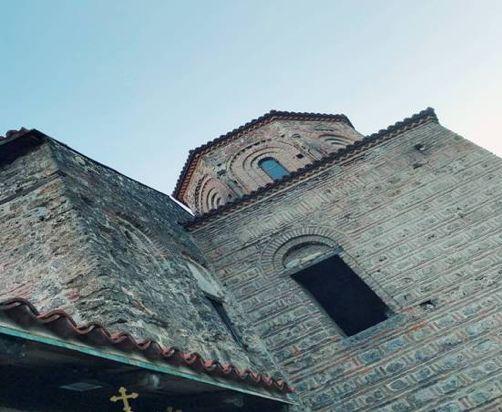
The Hagia Sophia has been the main church of the entire region of Macedonia from the 11th century to the 18th century. The wet frescoes in the church have more than 800 years of history and belong to the national treasure. It is the best "image spokesperson" of the Byzantine style, and therefore The World Heritage Committee described her location, the ancient city of Ohrid, as "the world's most important collection after the Torito Lakov Gallery in Moscow".
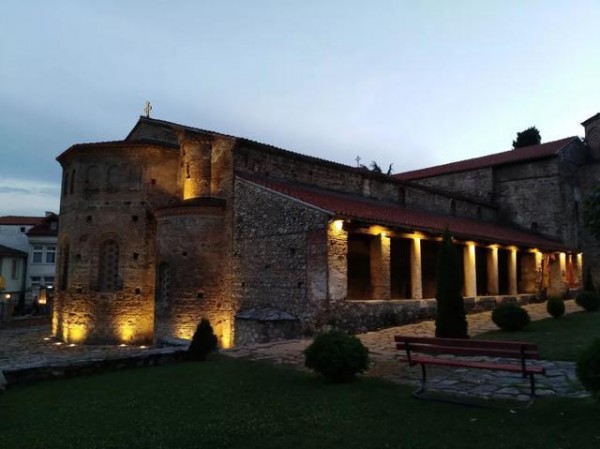
The ancient city of Ohrid is one of the oldest human settlements in Europe. It has a history of more than 2,000 years and once had 365 churches. People can go to different churches every day to worship, hence the name "Jerusalem of the Balkans". There are medieval churches, monasteries, frescoes, castles and towers, as well as international healing and tourist attractions. It was inscribed on the World Heritage List in 1979 and expanded into a dual cultural and natural heritage in 1980.
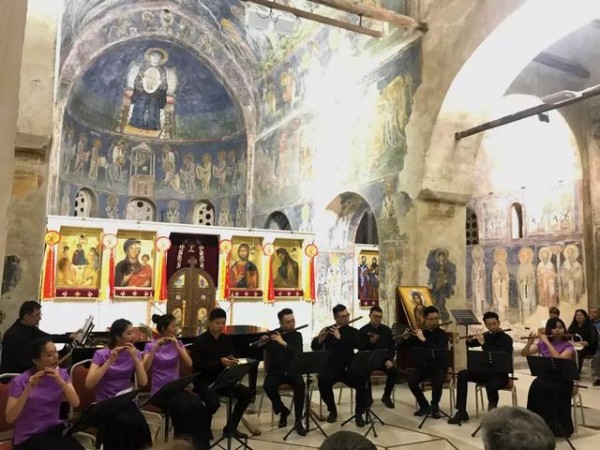
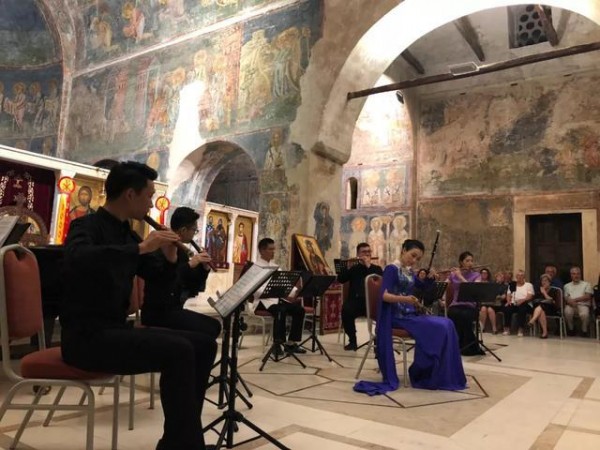
The Chinese Bamboo Flute Orchestra was invited by the internationally renowned "Summer of Ohrid" art festival to hold a concert at the Hagia Sophia. The church was built in 1018 and this year is just her thousandth birthday. The "Summer of Ohrid" art festival also kicked off the first concert in this church 58 years ago.
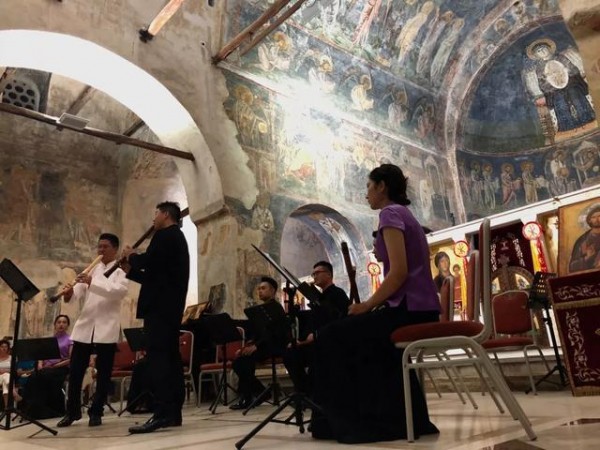
When the Chinese bamboo flute with a history of more than 7,000 years rang in the Byzantine Church of the millennium, the music seemed to travel through time and space, float across the rivers and merge into the wonderful nature of this moment.
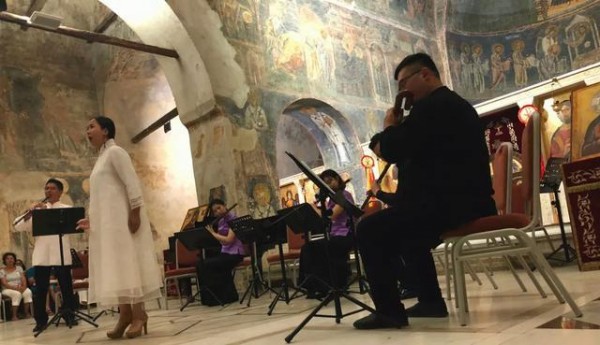 】
】
The song, "Encouraging the Jun to make a glass of wine, and leave Yangguan to the west without a friend" echoed throughout the church, bringing people into the endless sadness of the Silk Road thousands of years ago.
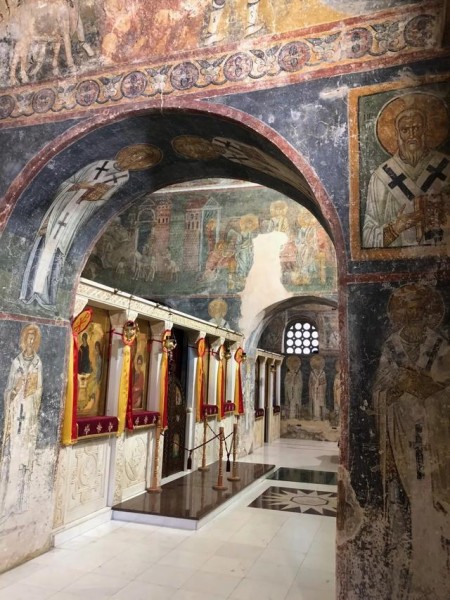
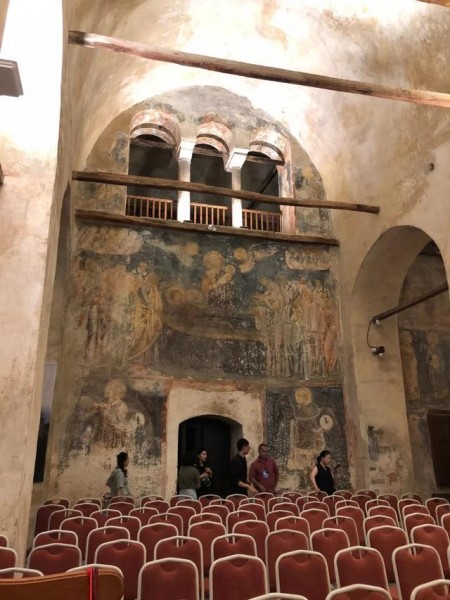
St. Sophia Church is not allowed to take photos on weekdays, and the church ’s licensed editor took more wonderful photos during the rehearsal. Even the actor “dressing room” has the taste of the “Mogao Grottoes” in the Balkans.
(2) The ancient theater in the lakeside forest
Time: August 16, 2018
Venue: Summer Stage in Subotica Palic, Serbia
Keywords: Lake Palic, Forest Concert, 16th Century Theatre
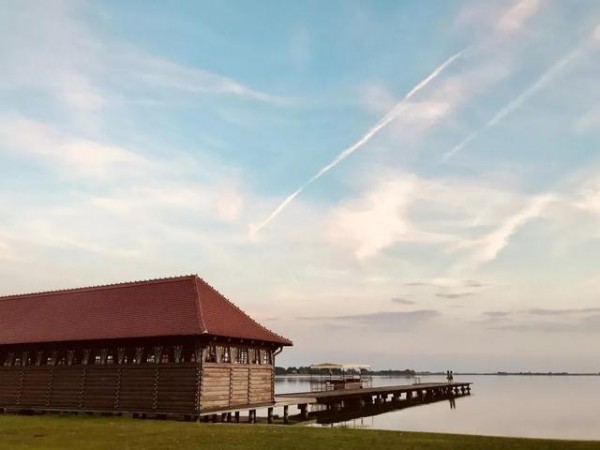
Palic is located on the outskirts of Subotica. It is one of the most prestigious spa resorts in Serbia. The famous "Palic European Film Festival" is held here every summer. The Chinese Bamboo Flute Orchestra brings Chinese traditional music to the first time. Here, it fills the gap in the overseas dissemination of Chinese culture.
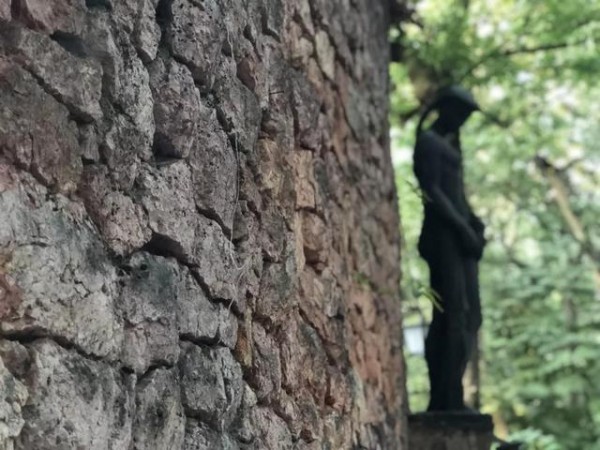
Beside the beautiful and peaceful Lake Palic, there is a lush forest, and an outdoor theater built in the 16th century is hidden in this forest. It is the famous theatre Summer Stage, Letnja Pozornica.
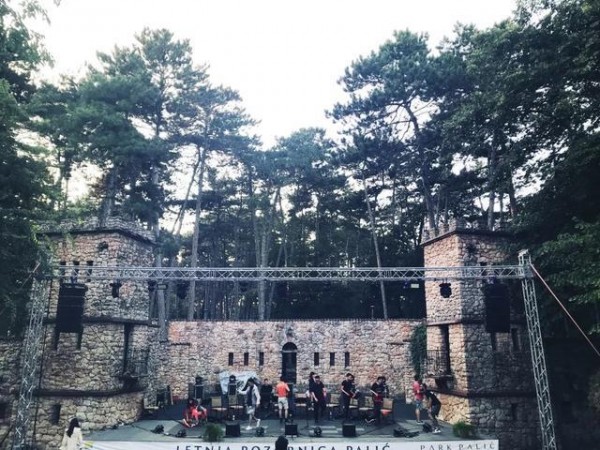
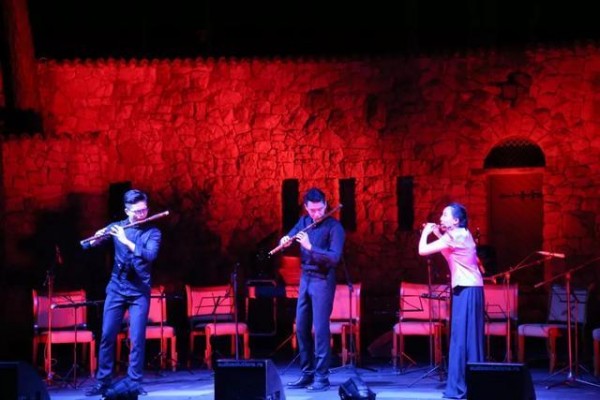
During the day, the orchestra was busy rehearsing in the Forest Theater; at night, the theater was covered with a layer of mystery. The flute flute and the cicada song and bird song complement each other, unexpectedly presenting the most beautiful harmony between man and nature.
(3) The ancient city attached to music
Time: August 8, 2018
Venue: Port of Dalmatia, Zadar, Croatia
Keywords: Zadar ancient city, marina, sea organ
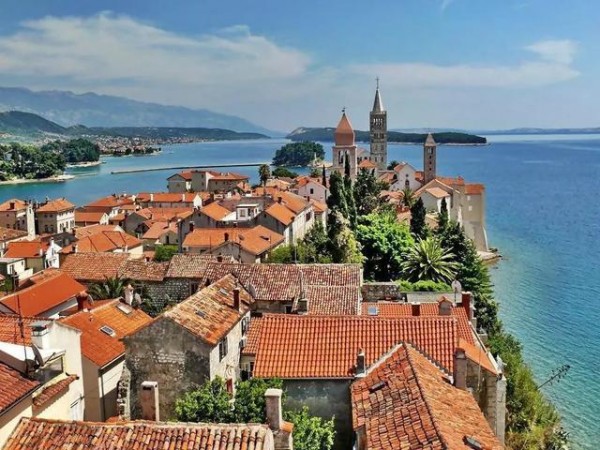
Zadar has a long history of more than 3,000 years. The old city is rich in humanities and ancient monuments. It has the largest Roman square on the east coast of the Adriatic Sea, and the Roman style architecture such as the ancient St. Storia church and the church of St. Kersavan The church, and the earliest king of Croatia-the city of Nyon.
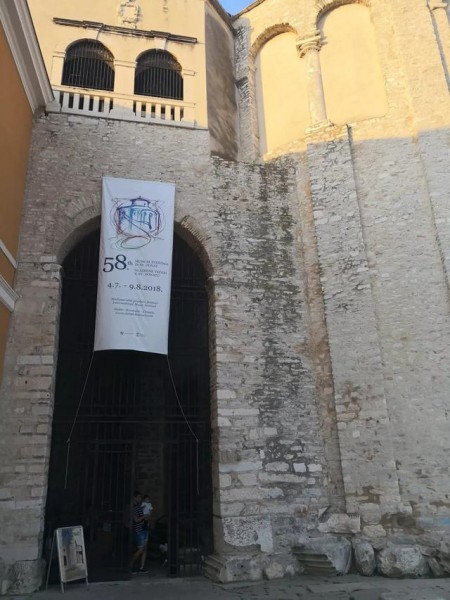
The Church of St. Donat is a former Romanesque church with a circular appearance. It is undoubtedly the most outstanding symbol of Zadar. Built in the 9th century and rebuilt in the 15th century, this church is the greatest building in early medieval Croatia. The ruins in front of the church are the remains of ancient Roman palaces.
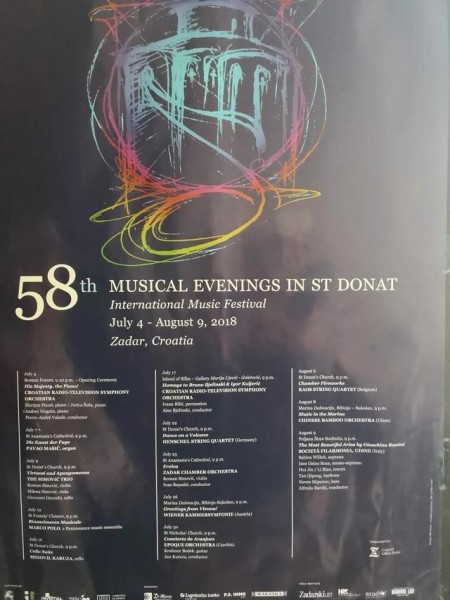
Today, this church is used for a variety of classical and contemporary music performances due to the "St. Donat Church Music Festival". The music festival was founded in 1961 and is now the 58th. It is initiated by the famous composer and conductor Pavol Despari. It is the most influential classical music festival in Croatia.
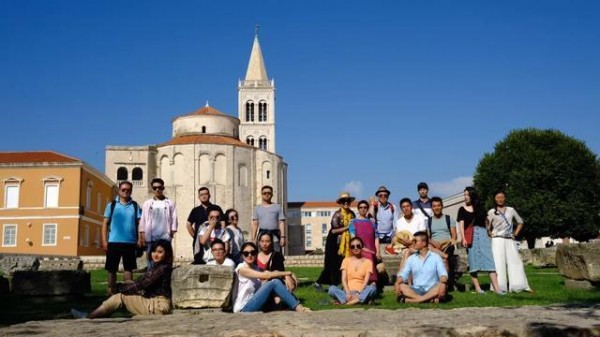
In such an ancient city, the concert was about to be held in D-Marin Dalmacija, Croatia's largest and most modern super-yacht!
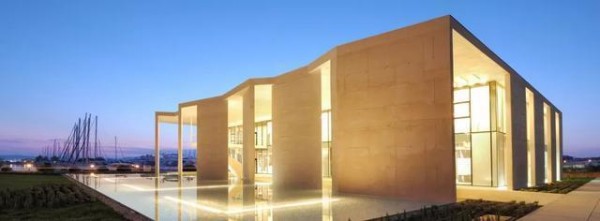
The designer of D-Marin Dalmacija Yacht Club, Nikola Basic, is a contemporary designer who specializes in the integration of architecture and music. This Semi-open-air concert hall near the sea provide good music effect.
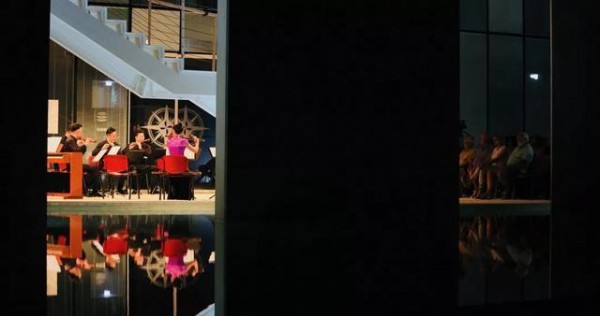
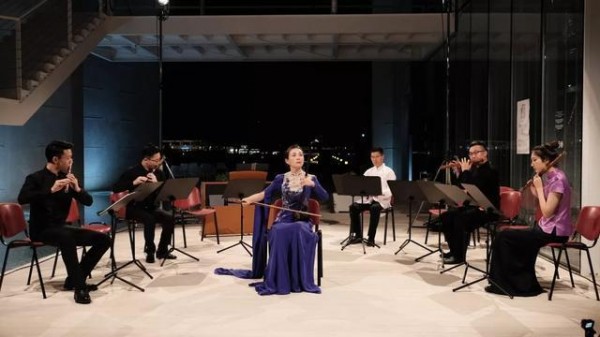
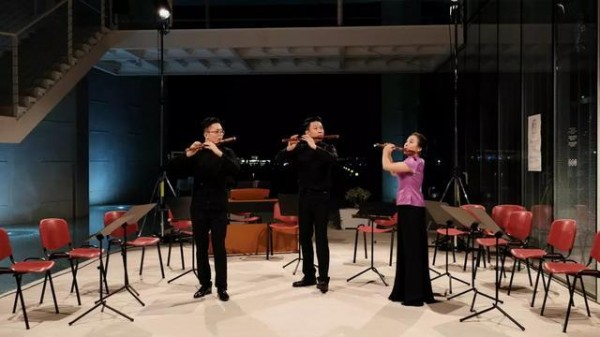
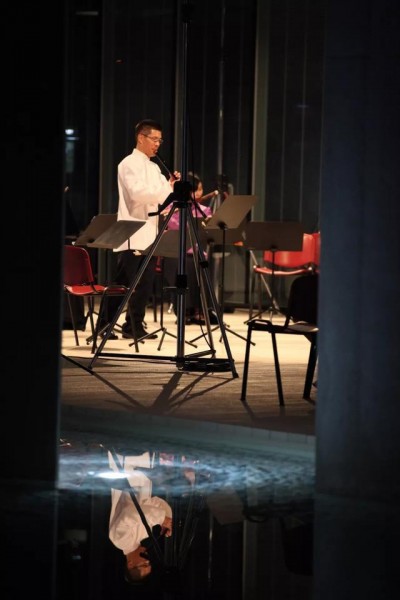
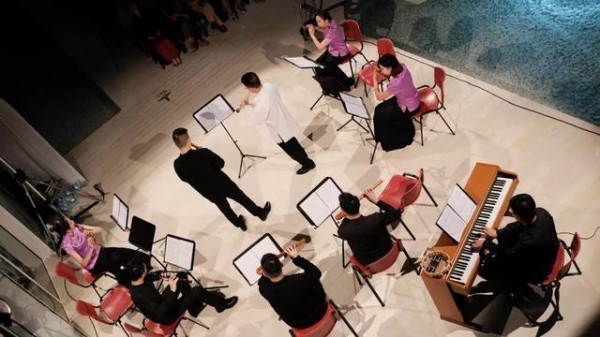
Nikola Basic is also the designer of Zadar's famous "Sea Organs", he has wonderfully realized the landscape that lets the sea play for people. There are 35 large organ pipes hidden under the white stone steps. The sea is the bellows. The flapping of the sea water and the tidal fluctuations will automatically change the pressure in the organ pipes, and the beautiful music will be produced.
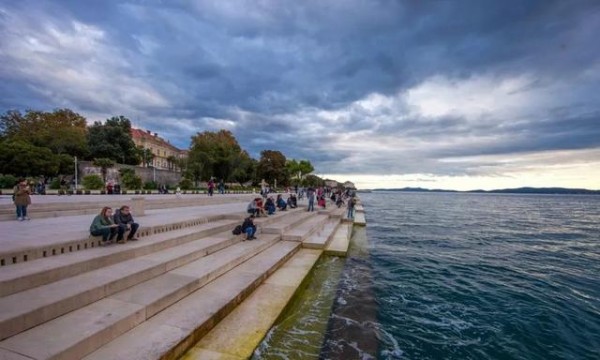
(4) There is an ancient olive grove over the sea
Time: August 10, 2018
Venue: Olive Garden, Pag Island, Croatia
Keywords: Adriatic, ancient olive grove, symbol of civilization
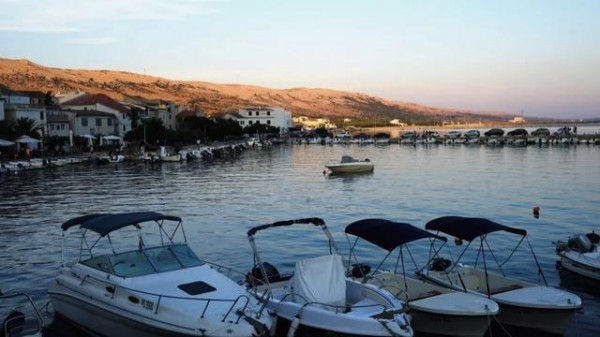
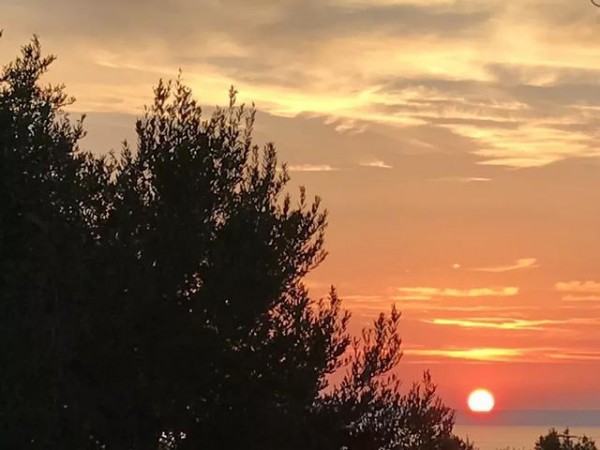
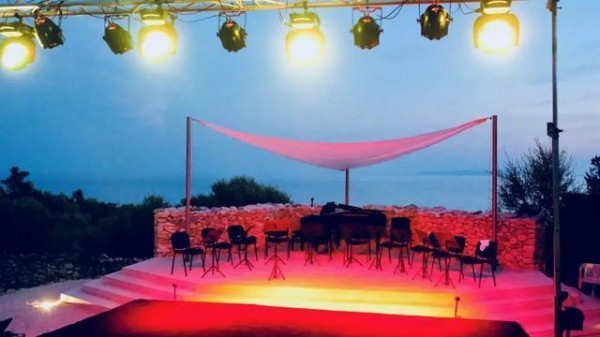
This unique outdoor concert was held in a cape forest on the northernmost tip of Pag Island, Croatia, surrounded by the beautiful Adriatic Sea on three sides.
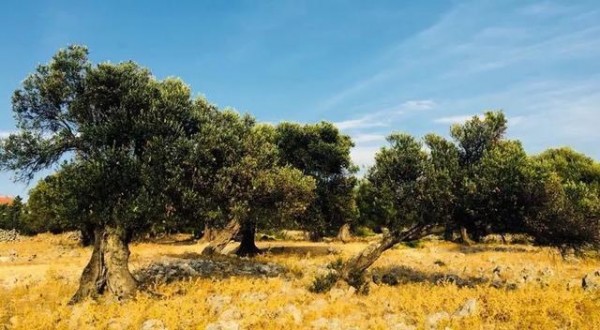
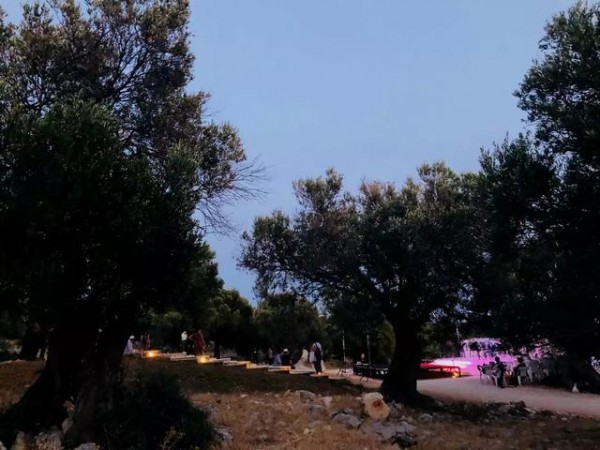
The concert was played at the Olive Gardens of Lun. As the name suggests, there is not only Olive, but also an ancient Olive forest reserve. The quaint music garden is located in the ancient olive forest by the sea. A large field of wild olive trees for hundreds or even thousands of years still nourishes this small town known for its olive oil.
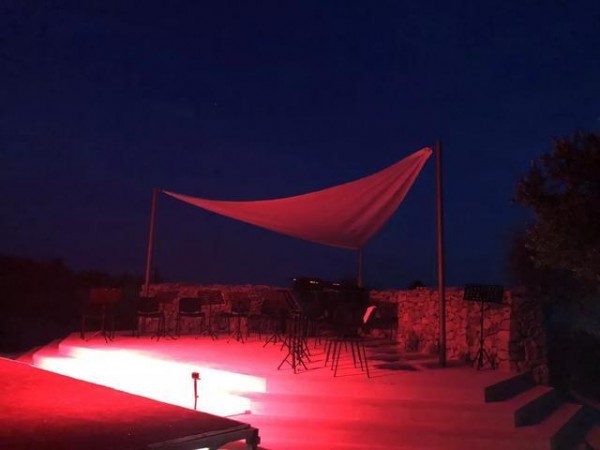
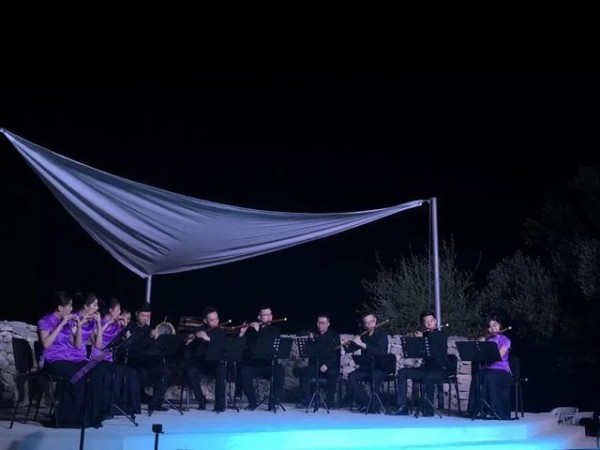
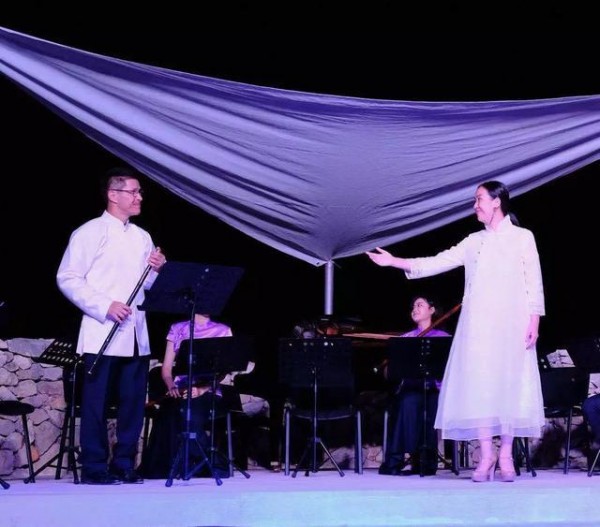
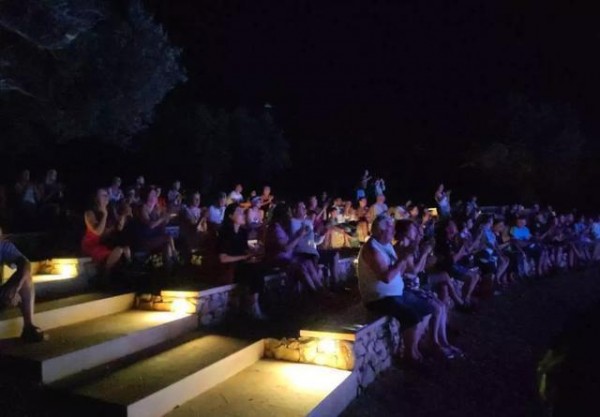
Olive, which represents the Mediterranean and even Western civilization, is a symbol of richness, purity, glory and peace. In the ancient Olympics, a sacred olive oil was used to light a beacon in the temple. Athletes had to use olive oil to coat their bodies. The winners would wear crowns made of olive branches. A large number of olive branches were used in the 2004 Athens Olympics.
The description of olives is also
found throughout the ancient books of Mediterranean civilization. In the Old
Testament of the Bible, people on Noah's Ark saw that the flood had subsided
only when they saw an olive branch coming from a pigeon. The tomb of
Tutankhamun, Egypt's pharaoh was also painted with olive branches. Olives are
also found in the ancient and mysterious linear text B (later discovered in
ancient Greek).







